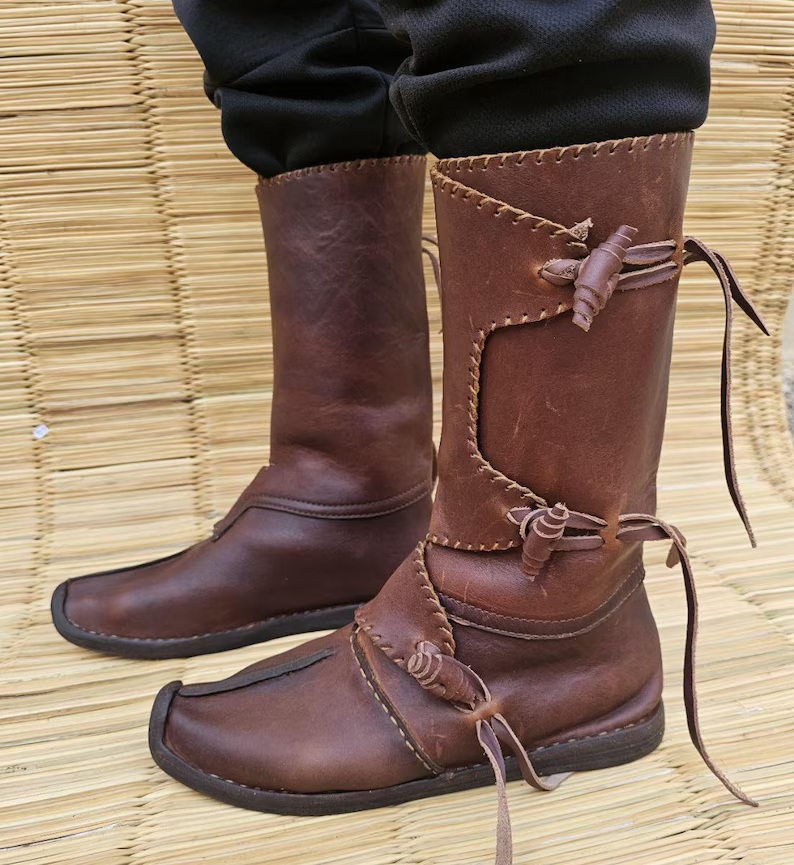Address
304 North Cardinal
St. Dorchester Center, MA 02124
Work Hours
Monday to Friday: 7AM - 7PM
Weekend: 10AM - 5PM
Address
304 North Cardinal
St. Dorchester Center, MA 02124
Work Hours
Monday to Friday: 7AM - 7PM
Weekend: 10AM - 5PM

When we think of Vikings, images of warriors, longships, and Norse mythology often come to mind. But beyond their legendary battles and voyages, the Vikings also left behind traces of their unique clothing and footwear. Among these, Viking boots stand out as an essential part of daily life. Made from durable leather and crafted by hand, these boots reflect both functionality and style. In this article, we’ll explore the fascinating journey of Viking boots—from the 9th century to their modern revival today.
Archaeological findings from Scandinavia reveal that Vikings relied heavily on leather shoes and boots to survive the harsh Nordic climate.
Interestingly, different regions had slight variations in design, but most boots shared the same practicality and sturdiness that defined Viking craftsmanship.
Symbolism and Social Status
After the Viking Age ended around the 11th century, their footwear continued to influence medieval European fashion.
This evolution shows how Viking practicality shaped broader footwear traditions in Europe
Fast forward to the 21st century, and Viking boots have made a surprising comeback:
Today, owning a pair of Viking-inspired handmade boots is not just about history—it’s about reconnecting with a heritage of resilience, craftsmanship, and timeless style.
Viking boots are more than just shoes from the past. They represent:
contact us : https://moroccancarpetsdecore.com/product/handmade-leather-boots/